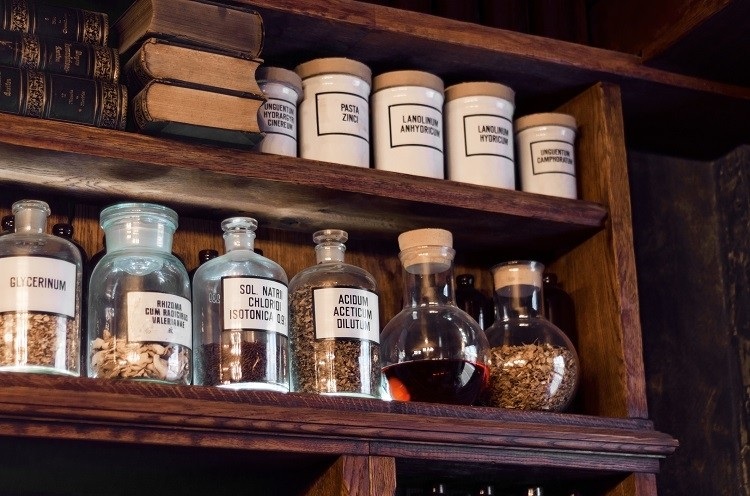Nine ingredients to promote biosimilar and generics uptake

Though the utilization of biosimilars in Europe is high, a report on the practices of eight countries suggests that more can be done to foster competition and remove barriers to entry.
The report was produced by KPMG and commissioned by Medicines for Europe, a European pharmaceutical industry association representing biosimilar and generic manufacturers, looking at the European market for biosimilars and generics.
Although biosimilars in the European Union (EU) has been widely touted as a success story, following Significant savings made on big sellers, such as Humira (adalimumab), the report states that there is still further work to be done on increasing the availability of biosimilars to patients.
In particular, the analysis highlights the diversion in sales of biosimilars across the differing EU member states. The authors show that biosimilar sales against originator sales in Denmark is at a ratio of 9:1 but the opposite is true in Romania, Latvia, and Finland, amongst others.
Explaining why such issues have arisen, the report states that pharmaceutical companies regarding the tendering processes as too time-consuming and complex, leading to a potentially ‘reduced appetite’ for entering or staying within the biosimilar market.
Further issues identified were the limited involvement in patients in the decision-making processes in the hospital setting; limited number of countries offering the opportunity for early dialogue between manufacturers and hospitals stakeholders; and, purchasing processes driven by price without additional benefits of ‘value-added’ medicines.
To remedy such issues, the report outlined its ‘nine ingredients’ to encourage greater adoption of biosimilars and generics across the EU:
KPMG’s nine ingredients for increased biosimilar and generic usage:
- Switch from the frequently employed lowest bid procedure towards a most economically advantageous procedure, which takes other qualitative elements into account that add value to bids, such as a proven track record of supply reliability on company level.
- Set accurate volume estimates to guarantee a continuous supply. This ingredient raises the interest of manufacturers to compete, as it enables medicine manufacturers to accurately weigh the effect of economies of scale in their bids.
- Award tenders to multiple winners. Single-winner tenders lead to a risk of reduced competition, as only one manufacturer is active in the market and other manufacturers might choose to discontinue their production.
- Swiftly reopen tender procedures after the entry of the first multisource medicine. Reopening tender procedures directly after the entry of the first multisource medicine fosters competition.
- Make the tendering procedure leaner. The tendering systems in most studied countries are administrative, disharmonious and labor intensive, which may discourage medicine manufacturers from participating in tenders.
- Create guidelines and/or information campaigns to increase awareness of patients and healthcare professionals (including hospital physicians, nurses and pharmacists) regarding the efficacy, quality and safety of biosimilar medicines, as well as other important topics such as biosimilar medicines introduction in the clinical practice and physician-led switching.
- Create incentives for biosimilar use that take into consideration the long-term sustainability of the sector, such as the implementation of target agreements and quotas for biosimilar medicine use.
- Draft national and or local hospital guidelines with respect to treatment changes and medicines exchange. By drafting national/hospital guidelines on treatment switching, hospital stakeholders are informed on the safe and positive experience of physician-led switching and on the process of exchanging therapeutic alternative medicines (switching from a group of patients already undergoing treatment with an originator biological medicine to a biosimilar).
- Implement benefit sharing methods. Benefit sharing models and schemes should be encouraged so that cost-effectiveness gains resulting from the increased use of biosimilar medicines are re-invested into healthcare for the benefit of patients and all the relevant hospital stakeholders.
Source : biopharma-reporter


